Occupation Biblical Scholar Name George Lamsa | Role Author | |
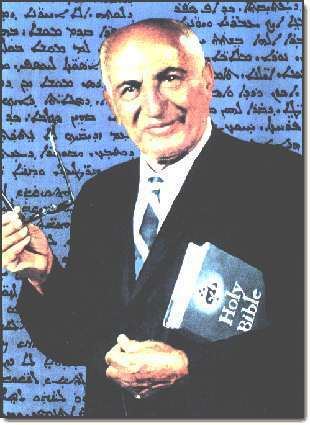 | ||
Books Lamsa Bible, The New Testament from the, Gospel Light, New Testament Origin, Aramaic Light on the Gosp | ||
George M. Lamsa (Syriac: ܓܝܘܪܓܝܣ ܠܡܣܐ) (August 5, 1892 – September 22, 1975) was an Assyrian author. He was born in Mar Bishu in what is now the extreme east of Turkey. A native Aramaic speaker, he translated the Aramaic Peshitta (literally "straight, simple") Old and New Testaments into English.
Contents
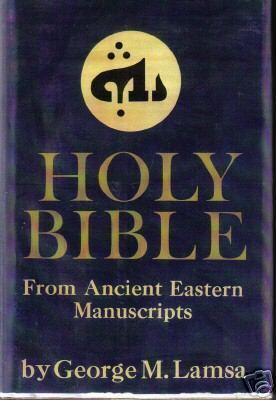
History and views
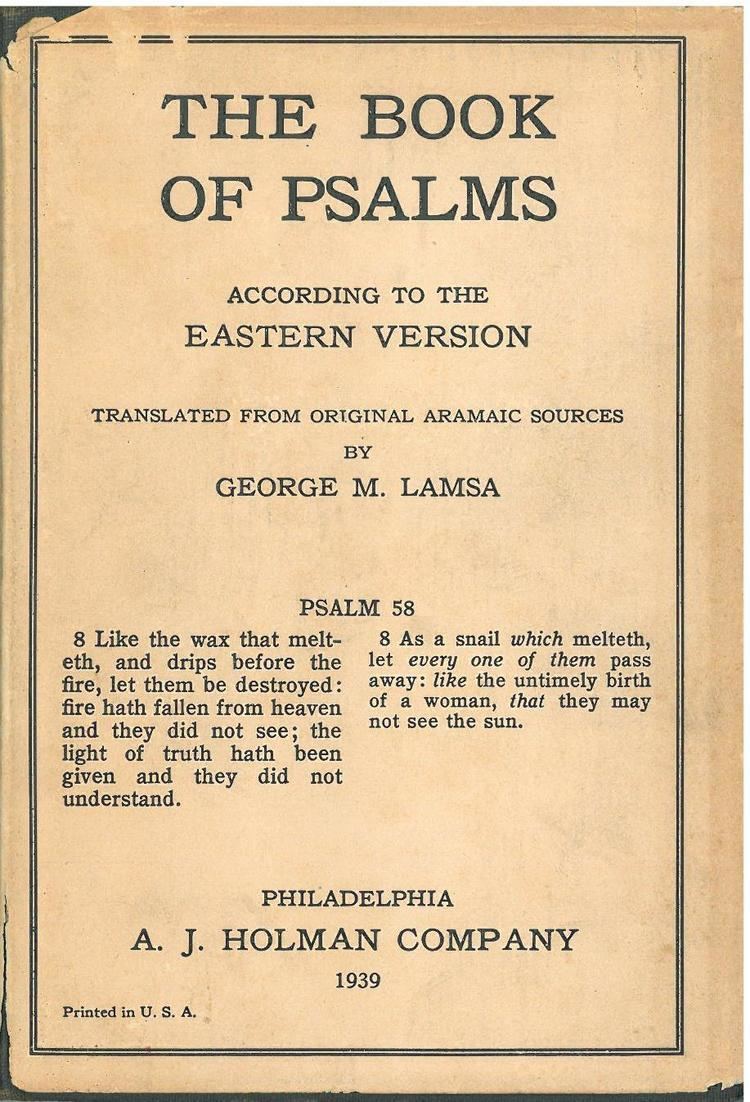
Lamsa was a member of the Assyrian Church of the East, a Syriac Church, which uses the Peshitta as its Bible. Some of the modern Assyrian people speak a modern form of the classical Syriac language called Northeastern Neo-Aramaic. The Peshitta was written in classical Syriac, a dialect of Middle Aramaic, which is in turn a Semitic language. The language spoken in the first century would have been Old Aramaic, like the Judeo-Aramaic language, while Ancient Aramaic like Biblical Aramaic was used in Old Testament times.
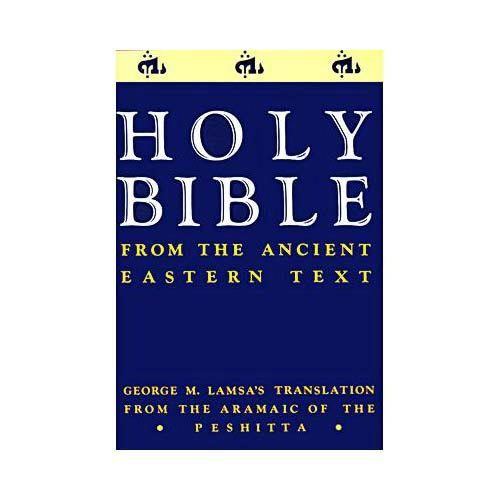
Lamsa was a strong advocate of a belief traditionally held by part of that Church; that the Aramaic New Testament of the Peshitta was the original source text, and that the Greek texts were translated from it. In support of this, he claimed that Aramaic was the language of Jesus and his disciples. According to Lamsa, "Aramaic was the colloquial and literary language of Palestine, Syria, Asia Minor and Mesopotamia, from the fourth century B. C. to the ninth century A. D." This view of the Assyrian Church regarding the Language of the New Testament is rejected by mainstream scholarship, but Lamsa's views won support among some churches such as The Way.
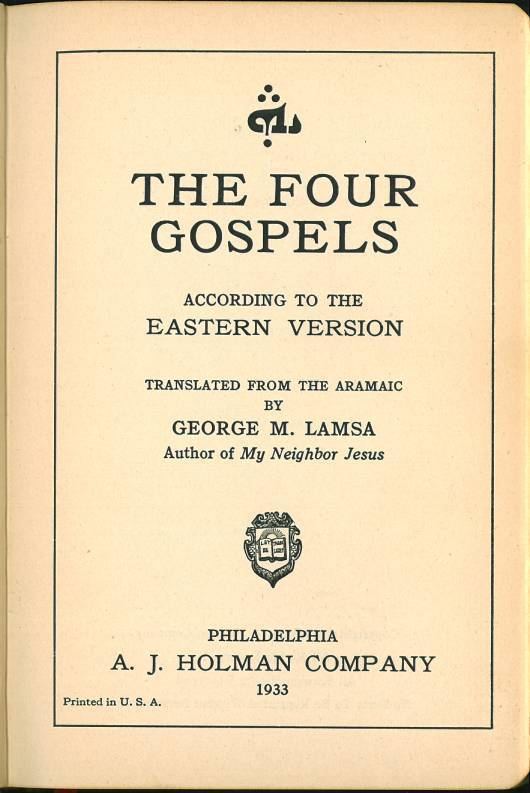
Lamsa further claimed that while most of the Old Testament was written in Hebrew, the original was lost and the present Hebrew version, the Masoretic text, was re-translated from the Peshitta.
Lamsa produced his own translation of the Bible in the form of The Holy Bible from Ancient Eastern Manuscripts, which is commonly called the Lamsa Bible.
Translation of Eli, Eli, lama sabachthani
A notable difference between Lamsa's translation and other versions of the New Testament occurs in the fourth of the Words of Jesus on the cross – Eli, Eli, lama sabachthani. This is regarded by more conservative scholars as a quotation in Aramaic of the opening of Psalm 22, which in English is "My God, my God, why have you forsaken me?" This is similar to how the psalm appears in the Aramaic Peshitta Old Testament and it appears in earlier Aramaic Targums. Lamsa believed that the text of the Gospels was corrupt, and that it is not a quotation but should read /Eli, Eli, lemana shabaqthani, which he translates as: "My God, my God, for this I was spared!" An accompanying footnote in Lamsa's English version of the Bible explains Jesus's meaning as "This was my destiny."
Aramaic grammars and dictionaries, disagree with Lamsa's assertion about Jesus' last words, as the word שבקתני [shvaqtani] in Aramaic is the perfect 2nd person singular form of the verb שבק [shvaq] which means "to leave, to leave s.t. left over, to abandon," or "to permit" with the 1st person singular pronoun affixed. This would, in turn, cause the phrase to translate as "why have you left me?" "why have you let me be?" "why have you abandoned me?" or "why have you permitted me?"
Reception
Where many scholars hold that the sources of the New Testament and early oral traditions of fledgling Christianity were, indeed, in Aramaic, the Peshitta appears to have been strongly influenced by the Byzantine reading of the Greek manuscript tradition, and is in a dialect of Syriac that is much younger than that which was contemporary to Jesus.
Critics of Lamsa assert that he, like many native Aramaic speakers, extend the semantic areas of words beyond the evidence of existent texts.
Bruce Chilton, scholar and prominent Aramaicist, has said:
"A still less defensible tendency confuses Aramaic of the first century with Syriac, a different form of the language. The approach of George Lamsa, who used the Peshitta Syriac version as an index of replicating Jesus’ teaching in Aramaic, has been taken up and popularized by Neil Douglas-Klotz. This approach willfully perpetuates a basic confusion of language, since Aramaic and Syriac come from different centuries and areas (although they are closely related Semitic languages), and is based on uncritical treatment of the Peshitta, a Syriac version of the Gospels."
In 1989 the Christian Evangelical apologetics research ministry Christian Research Institute asserted in a published review that several of Lamsa's theological positions and interpretations were not supported by the Bible. The review concludes by saying:
"On the surface, Lamsa appears to be a revealer of biblical truth and culture and a friend of evangelical Christianity. Closer study, however, has revealed that Lamsa promotes metaphysical, not evangelical teachings which have led him to inaccurate interpretations and translations of portions of the Bible. As an ambassador of Nestorian, not biblical culture, Lamsa became a cultic figure in his own right."
William M. Branham, evangelist and personal friend to Lamsa has said:
"To our gratification we find the words in both amazingly the same so that there is no difference actually in content or doctrine. We may even conclude that God has allowed these newly discovered manuscripts and recent publications of already known scripts to come before us to prove the authenticity of what we already had. And we find that though translators may fight each other, scripts do not."
Works
Biographical Works
